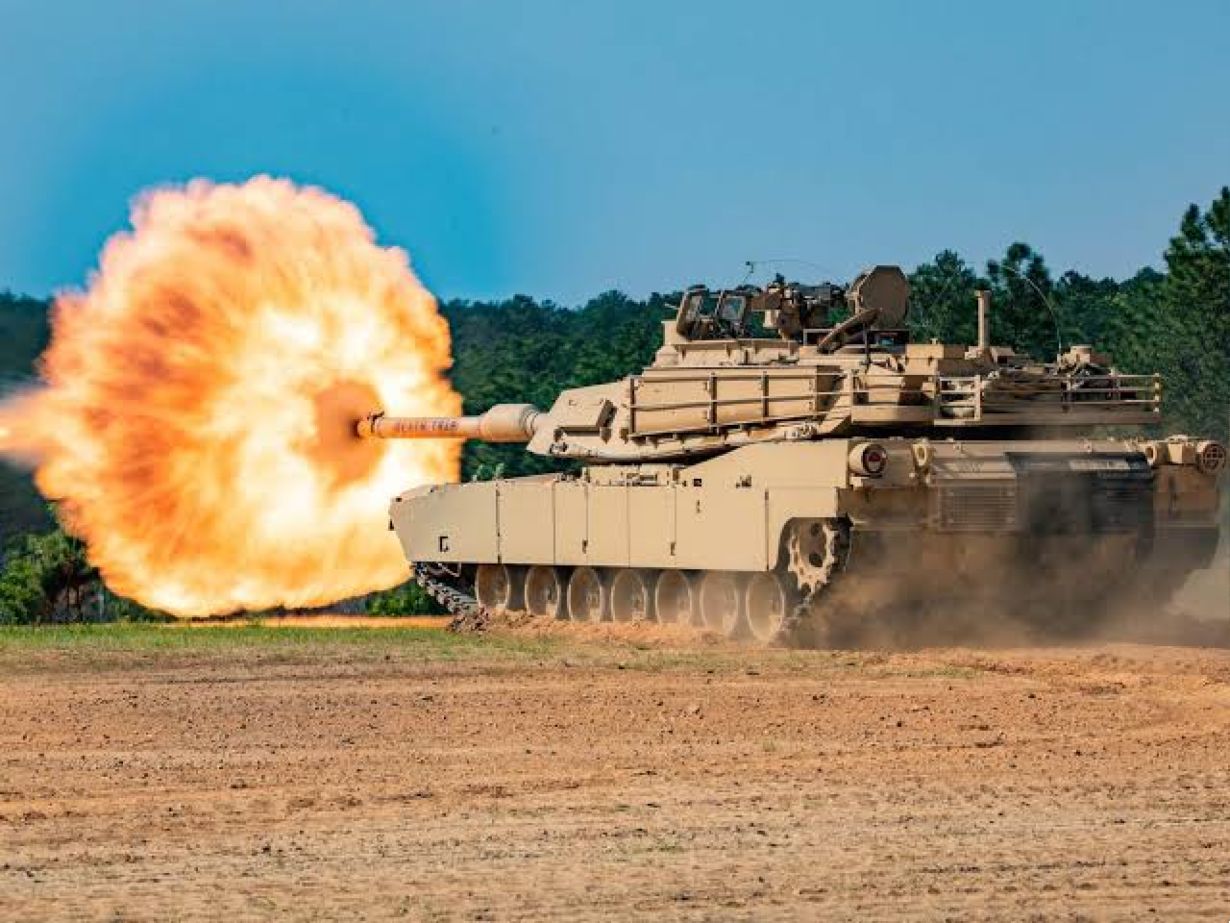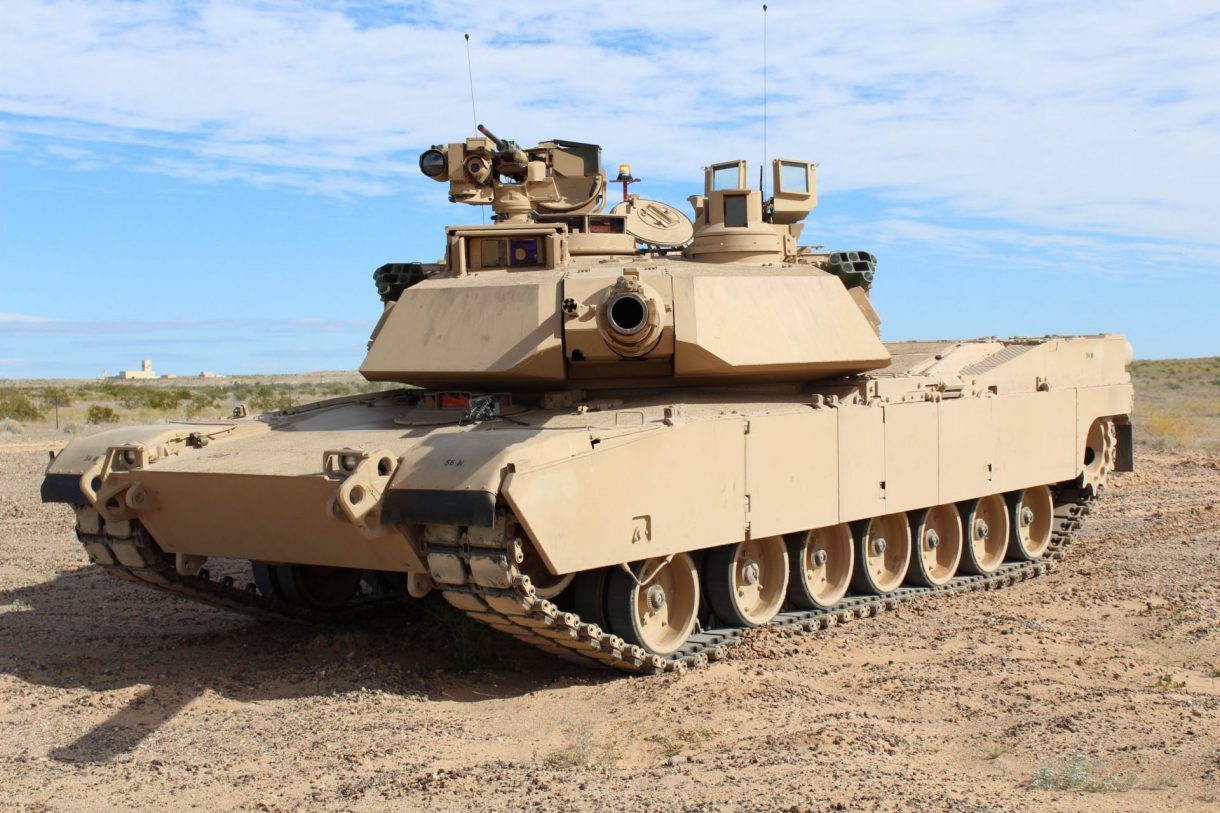The United States has approved the first shipment of Abrams main battle tanks for Ukraine, with a scheduled arrival by early fall. This was announced by Army Acquisition Chief Doug Bush on August 7.
Following a comprehensive refurbishment spanning several months, the 31 designated Abrams tanks intended for Ukraine have been readied and are now positioned for imminent shipment.
Doug stressed that the transfer would include a comprehensive equipment package required for the tanks’ support and maintenance. “They are done; now they have to get to Europe, and then to Ukraine, along with all of the things that go with them,” said Bush.
The designated Abrams tanks intended for Ukraine consist of the older M1A1 variants. While the tanks are fully prepared, their transportation overseas to Ukraine remains pending, accompanied by an assortment of necessities such as ammunition, spare parts, fuel equipment, and repair facilities.
In May, the US commenced tank training for Ukrainians in Germany. At the time, reports suggested that the delivery of tanks might not occur until the next year.

However, earlier this year, the US decided to expedite the tank shipment process by transferring older M1-A1 models instead of the newer, more advanced ones.
Bush emphasized that the primary aim is to ensure the delivery of Abrams tanks to the unit level by “early fall.” Yet, he refrained from providing a specific date or month for this deployment.
But, a recent report by Politico indicated that the tanks are anticipated to be actively engaged on the battlefield by September.
Bush affirmed the accuracy of the information that had been previously shared without specifically mentioning the Politico story. He stated, “I think what’s been said it’s still accurate. That timeline is definitely on track.”
The arrival of several Abrams tanks in Germany is expected in August, where they will undergo final refurbishments; upon the conclusion of this process, the initial batch of Abrams will be transported to Ukraine in the subsequent month.
Abrams Tanks For Ukraine
The Biden administration is actively prioritizing the swift provision of additional weaponry to Ukraine, aiming to augment the nation’s counteroffensive efforts and fortify its long-term defensive capabilities.
In addition to the tanks, there is a concerted effort to initiate training for Ukrainian pilots on F-16 fighter jets ahead of the potential delivery of warplanes. This development could materialize by year’s end.
Nonetheless, the impending arrival of these tanks shortly marks a significant augmentation to Ukraine’s arsenal, infusing a potent and lethal dimension into its military inventory.
This enhancement is particularly crucial as Ukrainian forces grapple with the formidable challenge of breaching well-entrenched Russian defenses spanning an extensive frontline extending across hundreds of miles.
While recent days have witnessed Ukrainian troops making headway along a particular axis of attack, their progress remains impeded by a barrage of heavy artillery and aerial assaults, necessitating cautious advancement through intricate minefields and enemy positions.

The initial shipment from the US could comprise six to eight tanks, forming the first batch of a larger plan encompassing a total of 31 tanks – a quantity equivalent to an entire Ukrainian battalion.
Meanwhile, in a different press briefing, the Pentagon’s principal spokesperson mentioned that no specific timeframe had been established for determining whether Ukraine will additionally receive depleted uranium rounds.
Air Force Brig. Gen. Pat Ryder said, “I don’t have anything to provide, no announcements regarding any type of tank ammunition at this point.”
Earlier in March, the British government announced its intention to dispatch 120mm tank ammunition, which includes depleted uranium (DU), to Ukraine for utilization in their Challenger 2 tanks.
While the Abrams tanks are still en route, Ukraine has already been employing Challenger and donated Leopard 2 tanks, along with Bradley Fighting Vehicles.
Thus, upon the arrival of the US tanks in Ukraine, they will augment an expansive assemblage of formidable heavy armor, which Kyiv has acquired from Western nations in recent months.
However, Nektarios Papantoniou, an expert specializing in both manned and unmanned land systems, told the EurAsian Times that, to the best of his knowledge, the utilization of these vehicles appears fragmented rather than as a cohesive and well-coordinated force.
He emphasized that tanks alone lack comprehensive readiness to confront diverse contemporary threats on the battlefield effectively. Consequently, he advocates for close collaboration with IFVs, artillery, helicopters, and unmanned systems.
Papantoniou also expressed skepticism regarding the viability of employing outdated tank philosophies against modern threats. For instance, he points out that modern tanks and IFVs might lack the necessary capabilities to counter threats like the Lancet drones.
He further noted, “In essence, sophisticated, active protection measures are needed which are simply not available.”
Papantoniou underscored that the evolving threats surpass the capabilities of existing countermeasures. He highlighted the unforeseen advantage introduced by the deployment of loitering munitions and drones on the battlefield.
Lastly, he remains doubtful about the Ukrainian military’s ability to leverage their equipment from a tactical perspective effectively. He cited an incident where a single Russian T-90 tank swiftly defeated a small Ukrainian convoy of tanks and MRAP-like vehicles.
“Having said that and knowing that mastering modern equipment is a skill that needs a lot of time and investment to be accomplished, I do believe that the Ukrainians are not fully trained to make the most out of the western equipment granted,” Papantoniou concluded.
The commitment of Abrams tanks to Ukraine is a component of a broader spectrum of security assistance, surpassing $41.3 billion, that the United States has extended to Kyiv since the aggression by Russia in February 2022.
- Contact the author at ashishmichel(at)gmail.com
- Follow EurAsian Times on Google News




